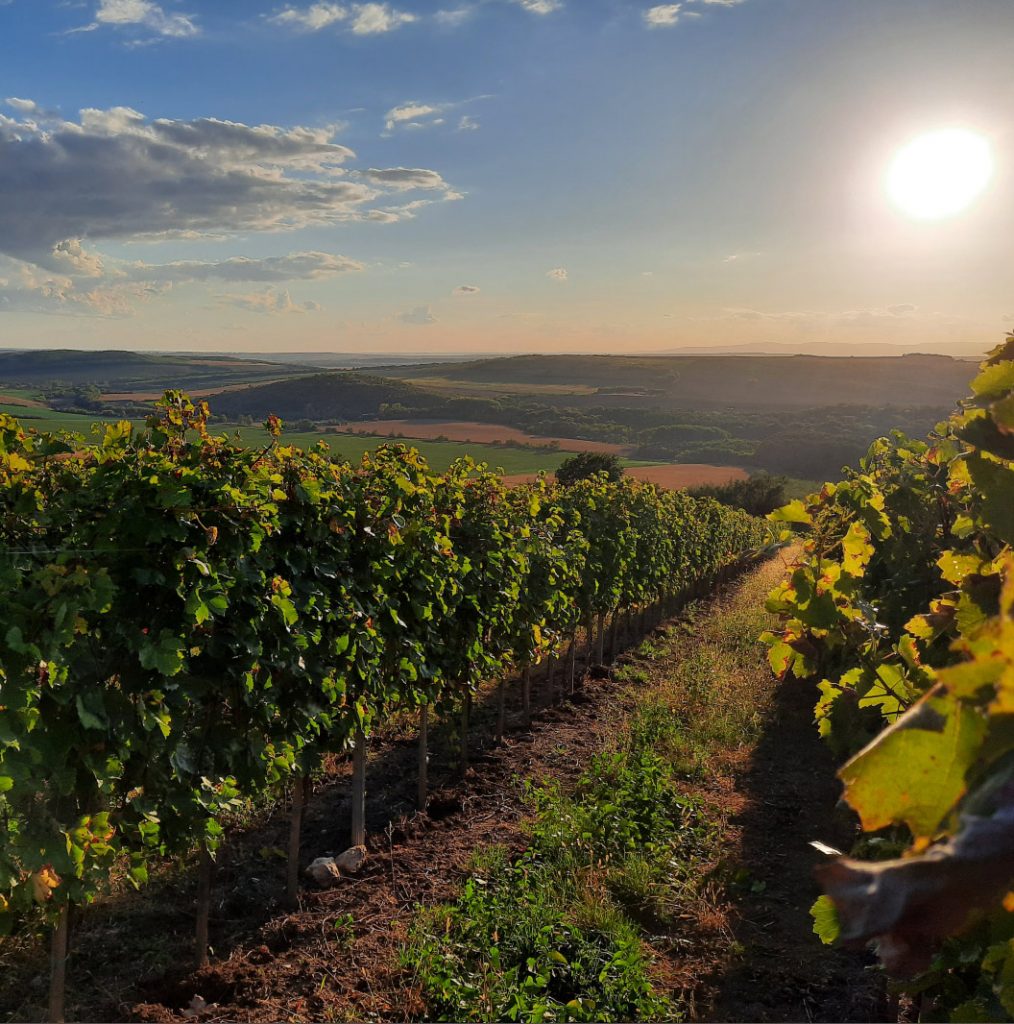
After fermentation, we stabilise the wine and age for several months on fine lees in tanks or barrels (the proportion of new and used barrels will vary depending on the type of the wine). During ageing we have the option to stir the lees in order to add body and extra depth of flavour.
Each batch is tasted throughout its maturation. A final blend is created for each wine (Estate, Vineyard Selection, Single Vineyard etc.) and bottling takes place. The wine is then further matured in bottle prior to release.
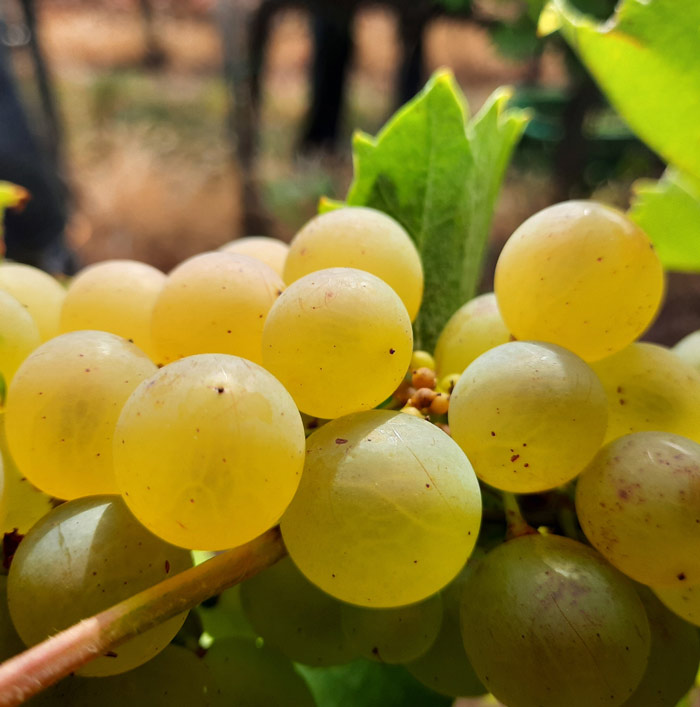
Selected overripe and botrytised grapes are harvested by hand and brought to the winery in small harvesting bins, to avoid crushing during transport and oxidation.
In the winery the bins are emptied into pneumatic presses with a proportion of the bunches destemmed. After pressing the must flows under gravity to the settling tanks. The tanks are cooled and the must allowed to settle for one or two nights. The clean must is then drawn off and fermented in either stainless steel or Hungarian oak barrels. The fermentation is temperature controlled and takes around three to five weeks.
After fermentation the wine is stabilised and matured for several months in tanks or barrels (the proportion of new and used barrels will vary according to the wine) on the fine lees. Late harvest wines are matured for four to six months whilst Sweet Szamorodni wine spends at least one year in our historical cellars.
Each batch is tasted throughout its maturation. A final blend is created and bottling takes place. The wine is then further matured in bottle prior to release.
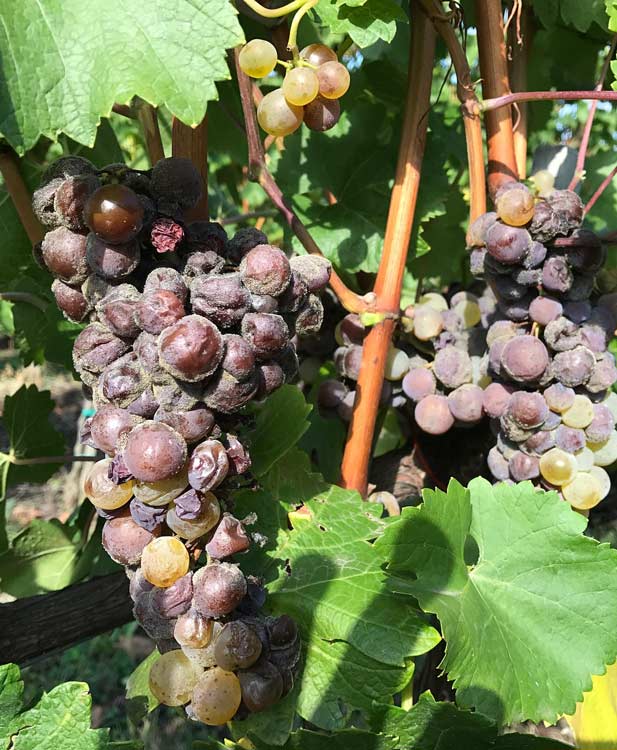
There is much vintage variation, with approximately 3-4 good/plentiful Aszú vintages out of 10. Aszú grapes were historically picked from bunches into 27 litre wooden tubs called ’puttony’. The Aszú grapes are crushed, releasing their intensely sweet juice. The non-Aszú grapes are vinified to make a base wine.
Bunches of grapes are harvested by hand for the base wines. Aszú berries are harvested – berry by berry – by hand. 1 kg of Aszú berries requires up to 5kg of healthy grapes to produce and each picker can collect no more than 8-10 kgs per day.
Before adding to the Aszú berries the must starts to ferment in stainless steel tanks until it reaches 4 – 6% alcohol. The Aszú berries are left in containers for a period of time before pressing. A tiny quantity (perhaps 2-3 litre per 100kgs of free run juice is collected). This free run juice is the Essencia or essence.
The Aszú berries are macerated with the must for approximately 48 hours. The ratio of must to Aszú berries dictates the level of sweetness. The blend, now “Tokaji Aszú” is run off into stainless steel tanks or oak casks and fermented until it reaches the final balance.
The Aszú wines undergo ageing in our cellar for a minimum of 2 years.
During this time the wines harmonise and develop complexity. The final blends are selected and the wines are submitted for approval as Tokaji Aszú. The wines are bottled, rested for a few months and released to the world.
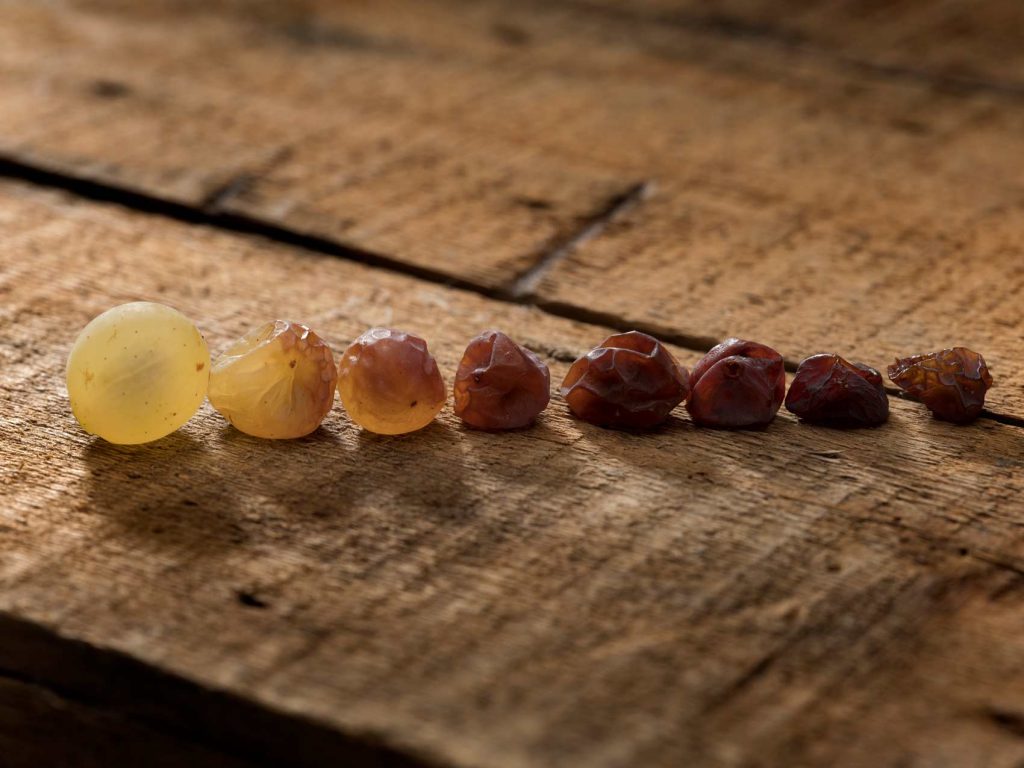
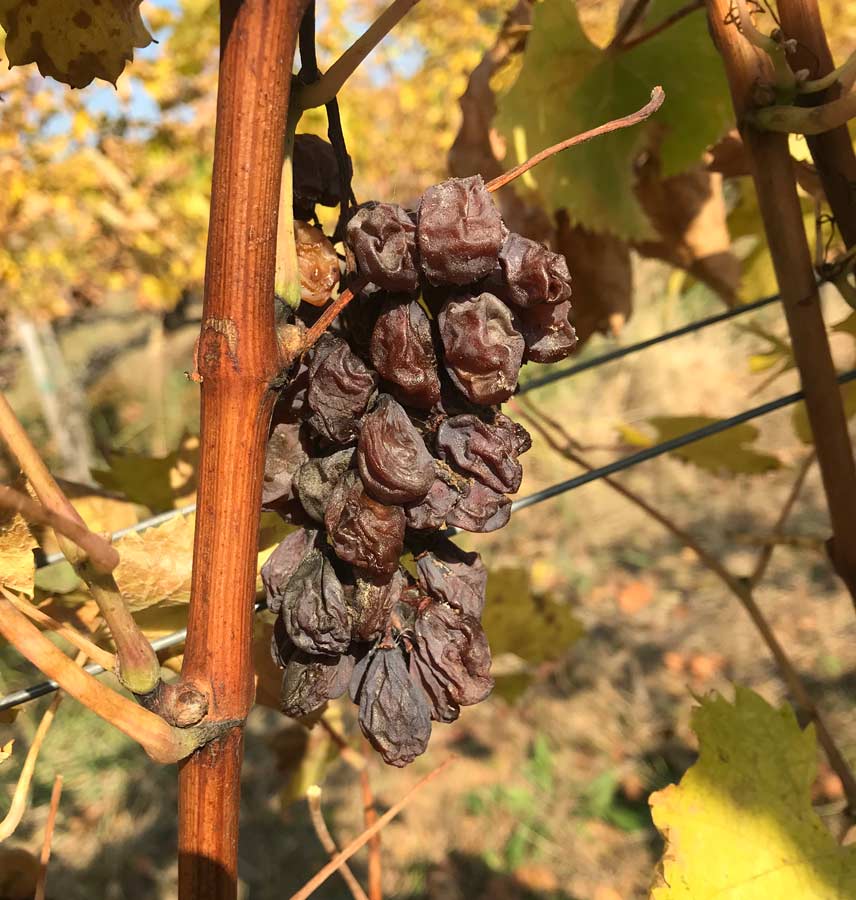

Aszú classification system
Controlled by legislation and indicating the level of sweetness of wine on release. Scale used to range from 3 to 6 Puttonyos, but since the vintage of 2013 the following minimum levels are required to produce an Aszú wine: min. 19% total alcohol, min. 9% actual alcohol and min. 120g/l sugar content. The usage of ‘Puttonyos’ is not compulsory.
The classification system traditionally indicated the number of “puttonyos” – harvesting baskets – (27 litre or 22 – 24kgs) of Aszú berries added to each Gönci (136 litre) cask of fermenting must/base wine. For example, a 5 Puttonyos wine would require 110 – 120kgs of Aszú berries to every 136 litre of fermenting must/base wine.
The same production method, adding Aszú berries to fermenting must remained, but the final classification of each wine is now based on independent technical analysis of sugar levels (as below).
Tokaji Aszú wines are measured by levels of residual sugar per litre:
- 5 Puttonyos Aszú indicates: min. 120g of residual sugar
- 6 Puttonyos Aszú indicates: min. 150g of residual sugar
- Essencia indicates: min. 450g of residual sugar per litre.